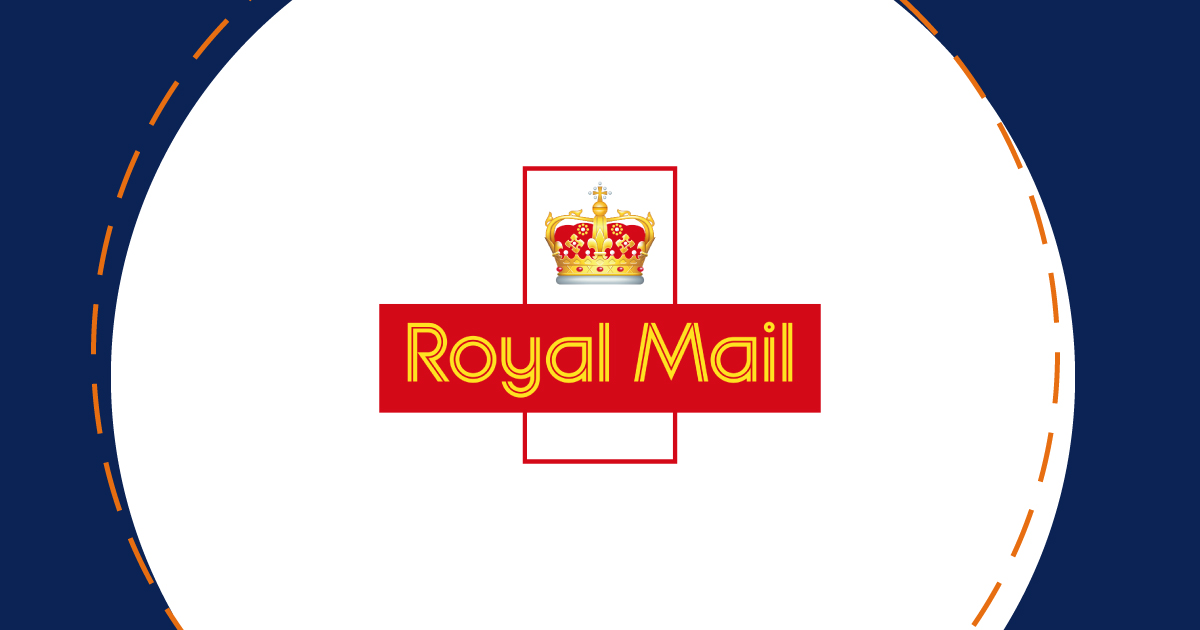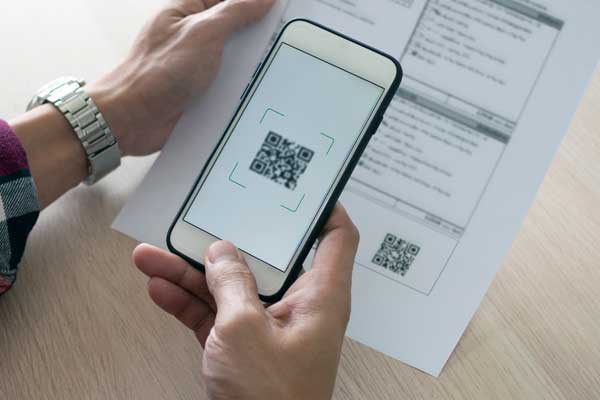Business communications have evolved and developed at a rapid pace over the last 10 years to keep up with changing customer expectations. With a vast range of communication methods held within a business’s toolkit. From social media to letters, from website updates and e-delivery methods, to even fax machines (yes these are still around!), the way in which we can communicate with our different audiences is an ever-evolving process that is likely to continue to grow now and into the future.
But with growing audience databases, the introduction of preferred communication choices, marketing permissions and varying audience requirements, how do you ensure your organisation communicates in the best possible way to drive your business results? It starts with an effective communication strategy.
Communicating effectively, in a way that drives engagement requires a carefully, complied strategy that comprises of aims, objectives and tactics in which your desired outcomes will be achieved.
It’s important to take the time to scope out your strategy and desired outcomes, so that every communication touchpoint, contributes to the overall aim of your business. Whether this is driving sales, raising engagement or delivering important updates, ensuring business communications are directed at the desired outcome is the start of getting it right
At the heart of this strategy are the core tactics that will drive your outcomes. This features a unique blend of business communication methods that can be drawn upon to target customers in a way that works best for them whilst focusing on the intended outcome, providing flexibility and emphasizing the content your organisation is sharing.
This mix of communication methods, which is unique to every business, is also known as a multichannel communications approach, which delivers marketing and service content direct to the end audience.
Multichannel communication simply means the way in which an organisation utilises different forms of media to engage with its end audience in an effective way. The strategy utilises the right channels of communication at the right time so that you engage with the most suitable and effective form of messaging for the audience at their stage of the buyers’ cycle. Methods can include email, letter, text, social media, website updates, print and tv commercials and many more, all of which are usually managed through one secure supplier, department or media team.
Whilst ‘some channels may initially seem to be too cost-prohibitive to use, they ultimately deliver the right message to the right audience and drive the desired results’ (IRP, 2021).
Often the term multichannel communication is used interchangeably with multichannel marketing as they both form a key part of a business marketing strategy.
This approach removes the ‘one size fits all’ approach allowing organisations to communicate with their different demographics, in the most appropriate way, at any given time.
To develop your multichannel communication strategy, you first need to understand your different audiences and what types of business communications they like to engage with. It’s about learning everything you need to know about your different audiences, including the media formats they like to receive.
From here you can consolidate the types of communications you would like to send, choosing those that work most effectively and those which deliver your information in the right format to be easily engaged with by your audience. These media types form the basis of your communication strategy and your multichannel approach.
Once you have identified these media formats, it takes time to find the perfect balance of communications that work with your audience. This process, like the demands of your clients, is ever-changing but once the base is mastered, the rest of your communications will naturally follow.
There are organisations, like CFH Docmail Limited, that specialise in developing communication strategies that help you pull together the right combination of media formats to help you communicate with all your customers, everywhere. This communication partnership is being adopted by many organisations, as they begin their multichannel journey and seek alternative ways to drive audience engagement.
Here at CFH Docmail, we take the complexity out of communications. For more than 40 years, we’ve taken a practical approach to comms, developing new technology to support the changing way we all share information.
Today, we’re an accredited, trusted leader for communications on every channel. Print, online, mail – wherever you need to be, whether you are looking to drive engagement, increase sales or deliver important, secure documents, we’ll get you there quickly, effectively and impactfully. So you can communicate with confidence, create meaningful connections and spend more time on what you do best.
Designed with you in mind: Working together we build an affordable, impactful plan that is set up to work with your internal processes removing the friction of communications and helping you build closer relationships with your customers.
Secure & Robust: Nothing is more important to us than the customers who trust us with their communications. From digital delivery to sending mail to the door, our products and services are supported by the very best technology, industry-leading accreditations and comply with the latest GDPR requirements.
Highly customisable: Every business is unique. By using a multichannel approach, we’ll help you find the right combination of media formats for your customers. Tailoring each method of delivery to ensure that your communications hit the mark every time.
Delivery when it matters: We know communications inside out, from digital to physical, we’ll work with you to meet your deadlines ensuring your communications are delivered when it matters most to make a lasting impact.
Contact us to see how we can help you create and implement a multichannel strategy that will deliver your smarter communications.


Surrey County Council Sought to Optimize Print/Post Services Across Departments. We Helped Transform Their Services With Our Industry Expertise.













